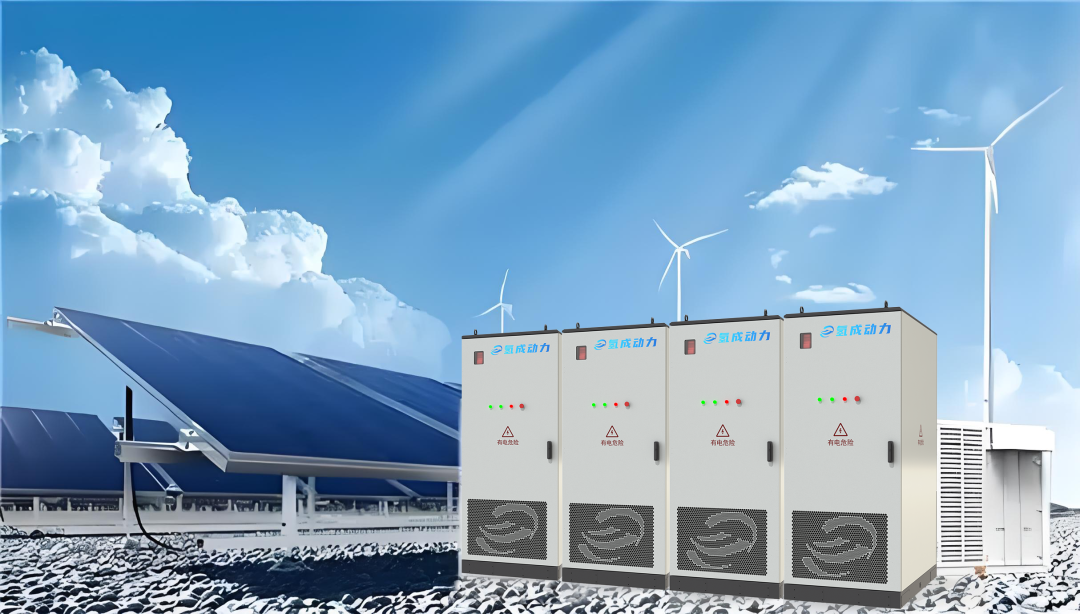Energy Storage News: Industry Hot Topics Tracking!
Release time:
2025-07-07
Source:
On June 30, the Zhejiang Energy Regulatory Office released a draft for comments titled "Notice on Matters Concerning the Trial Operation of the "Two Specific Rules" Settlement in the Yangtze River Delta Region of Zhejiang Province." The document proposes adjustments to the compensation fees for participating entities in the spot market operation for the new version of the "two specific rules" paid peak regulation (including deep peak regulation and start-stop peak regulation), and automatic generation control (AGC) auxiliary services.

Local Policies and News
On June 30, the Zhejiang Energy Regulatory Office issued a notice soliciting opinions on the "Notice on Matters Concerning the Trial Operation of the Two Detailed Rules of the Yangtze River Delta in Zhejiang Province (Draft for Comments)". The document proposes that the compensation fees for the paid peak regulation (including deep peak regulation and start-stop peak regulation) and automatic generation control (AGC) auxiliary services under the new version of the two detailed rules for grid-connected entities participating in real-time operation will be adjusted as follows.
02 Guangdong Power Trading Center releases the "Implementation Rules for Guangdong Virtual Power Plants Participating in Electricity Energy Trading (Trial)" and the "Implementation Rules for Guangdong Virtual Power Plant Operation and Management (Trial)"
03 Sichuan Power Trading Center Co., Ltd. releases "Relevant Matters Concerning User-Side New Energy Storage Projects in 2025"
The peak-valley fluctuation income generated by energy storage charging and discharging is the difference in household electricity fees (excluding basic electricity fees) caused by changes in the time-of-use electricity structure after the operation of the energy storage device. Household electricity fees include the on-grid electricity price after time-of-use fluctuation, on-grid line loss fees, transmission and distribution fees (excluding basic electricity fees), as well as system operation fees, government funds and surcharges, etc. Among them, the on-grid electricity price includes the user market transaction electricity price, and the price difference allocation fees between the government-authorized contract electricity price, gas-fired power generation on-grid electricity price, and inter-provincial purchased electricity price and the market price (monthly and intra-monthly concentrated transaction electricity energy average price) are discounted.
04 Ningbo Qianwan New District Economic and Information Bureau of Zhejiang Province releases the "Implementation Plan for Special Subsidies for Power Supply in Ningbo Qianwan New District in 2025"
International Policies
Disclaimer: We respect originality and value sharing. Pictures and texts are from the internet. Copyright belongs to the original author. Please contact us for deletion if there are any issues with the content/copyright of the work.
Key words:
Recommended News
Contact
Address: Chanhe Innovation Technology Park, No. 2 Zhenxing Road, Chanhe Hui District, Luoyang City, Henan Province
Tel:0379-63869669
Mailbox:info@hydromobility.cn
Scan

Copyright©2023 Qingcheng Power Technology(Luoyang) Co.,Ltd. This website supports ipv6
Copyright©2023 Qingcheng Power Technology(Luoyang) Co.,Ltd.
This website supports ipv6






